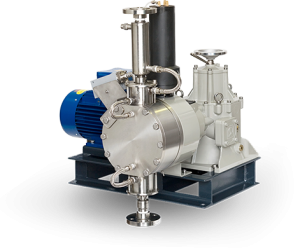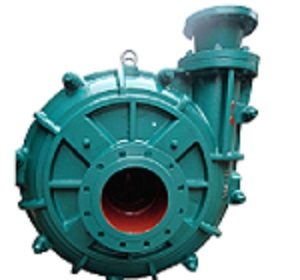General kinematics
Para–mount 2 (PARA-MOUNT II)
Vibratory feeders
Selection and Specifications
The typical structure or arrangement of a vibrating feeder usually consists of a hopper and a feeder underneath to feed the conveyor, scale and a processing unit.
Vertical hopper openings
Vertical hopper openings, such as hopper bin slopes, are determined by material properties and size . Determination of the hopper opening should take into account both the size of the largest particles and the material bridging properties.
The predicted vertical opening should be between 2 and 3 times the size of the particles or materials. In addition, sufficient openings must be taken into account to ensure the flow of material with high bridging properties.
Horizontal opening of the hopper
The horizontal opening of the hopper must be determined by considering the particle size and capacity required. The minimum opening size should be about 2 to 2.5 times the size of the largest particles.
The maximum opening size or volumetric capacity must be determined in accordance with the feeder length. It is advisable to have an adjustable flow control gate to adjust the depth of the bed.
Capacity Requirements Determine Feeder Dimensions of pad and Slope Feeder volumetric capacity must be obtained according to the following formula:
Q=AxV
Q = ft3/min.
A = intended horizontal area
V = average velocity of material
flow through opening
The intended horizontal area is a function of the projected horizontal opening and the width of feeder pan. The average material velocity will vary with material flow characteristics, friction coefficient, feeder pan slope, length and intensity of vibration. Material velocity will vary from 40 to 60 fpm with a pan slopes of 0 to 15 degrees.
The length of the feeder pan is determined by the angle of the material available and the pan slope of the feeder. The feeder pan should be of sufficient length to block the feeder 100% of the material’s path in feeder resting time and to ensure this.
A line shall extend from the maximum opening span to the edge of the material available with sufficient width and length to give details of changes in material properties.
Superb feeder control for a wide range of applications
The proven performance and efficiency of the feeder coupled with the free cost of maintenance has made Para-mount 2 the first choice in feeders for most demanding applications, including major routine operations, for mining activities. , Manufacture of metals, food products, and cement manufacturing, recycling and other industries.
PARA-MOUNT II vibratory feeders are a great option for use in many process systems that require automatic control. Items such as batch scales, crusher, screeners, stoves, dryers, air conditioners, blenders, mixers, and more are easily adapted for that type of device.
In addition to controlling the flow of materials through unique hoppers, Para-Mont 2 Feeder can be used in several other units to mix or fit materials and their applications in different stockpiles or storage.
TWO-MASS DRIVE SYSTEM
Para-mount 2 Feeders also use a sub-resonant dual-mass or two-mass system in their fixed or variable Force configurations settings. Mass A (the exciter) Performs the process of mass engineering B (the deck assembly) around a precision engineered spring coil.
Only a small amount of energy is needed to maintain the required natural energy stored and released by the spring system. This means you can create extra feeds, reduce energy costs and provide extraordinary reliability and maintainability.
Perform smooth operation under different headloads
Feed rate varies by adjusting the anti-weight effect capability instead of the motor frequency of the device.
The sub-resonator capability of the feeder automatically increases the drive force to compensate for the material weight gain or current resistance.
This ant dampening parameter of PARA-MOUNT II is effective in precisely controlling the volumetric feed rate of the device, regardless of material load changes.
In addition, Para-mount 2 saves space on the headroom, and uses a large feed-in hopper to prevent material from bridging to the bucket and other auxiliary devices.






